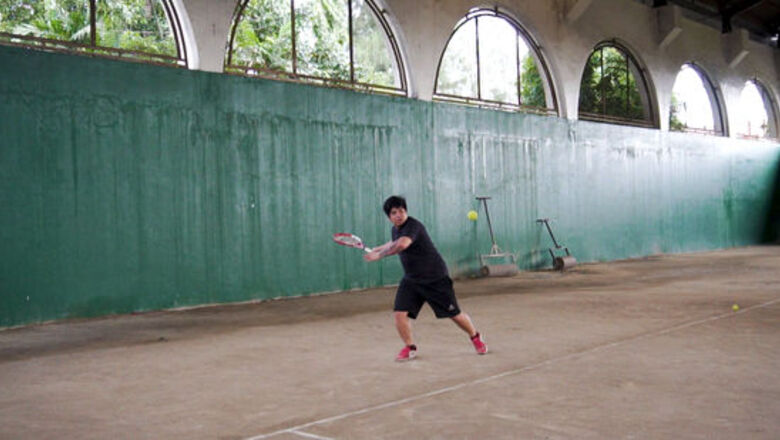
views
Hitting a Forehand
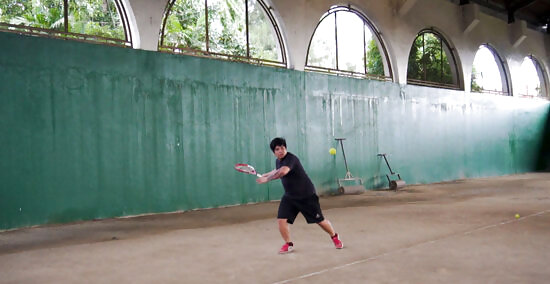
Know when to use a forehand. Each tennis stroke has a specific application and a best time for it be used. The forehand, considered to be the most basic of the strokes, is executed on the same side of your body that you hold your racket. Forehand shots can be used to generate the most power as well as put a topspin on the ball which helps to keep the ball inside the court.
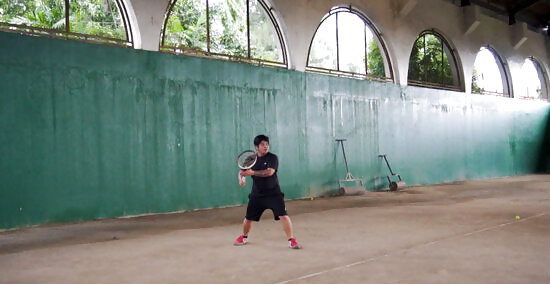
Get in proper body position. In order to hit a forehand, you first need to get into the proper positioning. As your opponent takes their shot, perform a split step. A split step is performed by jumping about an inch off the ground and landing on your toes while your opponent prepares to hit the ball.
Prepare to swing your racket. Keep your head straight and your shoulders parallel to the net. As the ball approaches, reposition your shoulders into a 90-degree angle to the net and extending your opposite arm across your body. Extend your racket arm backward as the ball comes toward you. Shift your weight to your back leg, and point that foot toward the sideline.
Get a good grip. There are at least three different ways to grip your racket when performing a forehand hit. The most universal, and easiest to start with, is the Eastern Forehand Grip. For this grip, place your index knuckle and heel of your hand at the third bevel (the indent on the racket’s handle at the 3 o’clock position) and with the heel of your hand at the bottom lug. An easy way to set up this grip is to imagine you’re shaking hands with the racket.
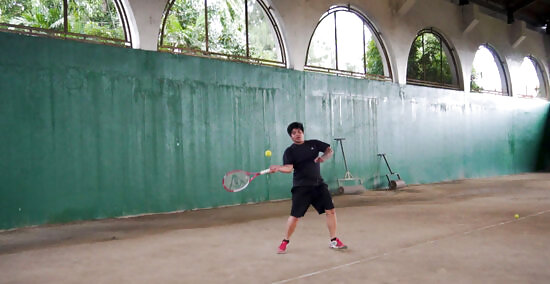
Hit the ball. Keep the racket straight and the face open towards the net as you make contact. Swing straight through as you make contact with the ball. Add a slight downward action as you hit the ball to produce a powerful flat shot. Use your entire body to generate the power behind your shot. Just before you strike the ball, push your foot off the ground. This starts the chain of kinetic energy that you're putting into your shot. Increase the force of your shot by rotating your upper body into the ball as you strike it.
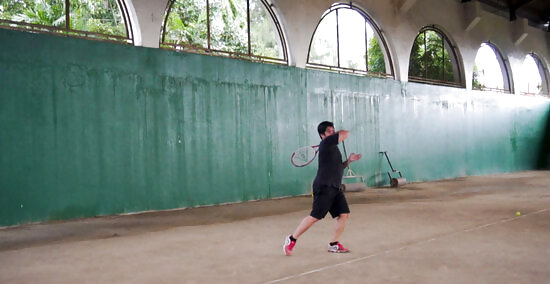
Complete your follow-through. The follow through is a vital component in the forehand stroke because it affects the pace and spin of the ball. There are several types of follow-through that produce different effects, as detailed below. The out-front finish is the easiest to learn and helps you control the direction of your shots. The racket head goes straight out and doesn't twist. The downward finish is a powerful follow-through that is produced when you hit the ball hard, about waist high, and follow through across your body in a downward motion toward your opposite hip.
Hitting a Backhand
Know when to use the backhand. Backhand shots are when one swings the racket around their body with the back of the hand leading out in front. Your shot will have less power than a forehand shot, but backhands are still useful strokes. Backhands are particularly useful when the ball is on the opposite side of your and your swinging hand. Backhands are more difficult to master, especially for beginners and younger players with less hand and arm strength. Try practicing first with a two-handed backhand, detailed below, before attempting one-handed backhands.
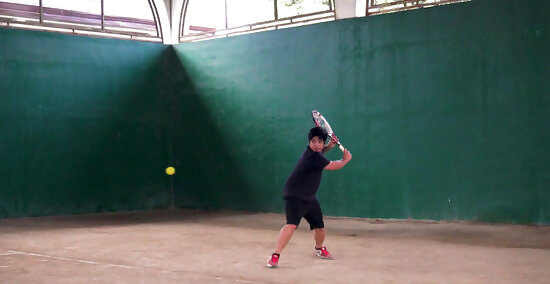
Get into the ready position. As you get ready for your opponent to hit the ball to you, point your feet towards the net and keep you knees bent; hold the racket with both hands while facing the net. Make a split step right before your opponent hits the ball by hopping about an inch off the court. Evenly divide your weight between both your legs. After making the split step, pivot you left foot, take one step forward with your right foot, and turn your shoulders. All your weight should now be on your back foot, which will help generate power and speed when you make your shot.
Find your grip. You can either use a one-handed or two-handed grip. The two-handed backhand uses a combination of two grips. For your dominant hand (right for right-handers) use a Continental grip. Point the grip to the right and hold your right hand out as if you are shaking hands with the racket. For your non-dominant hand use a Semi-Western grip. To achieve the Semi-Western grip, place the bottom knuckle of your non-dominant hand on the 8th bevel, pointing diagonally across your palm toward the heel of your hand and beneath your pinkie.
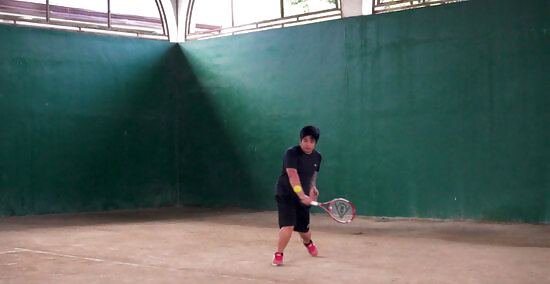
Swing the racket and hit the ball. Swing your arm and the racket to make contact with the tennis ball in front of your body.
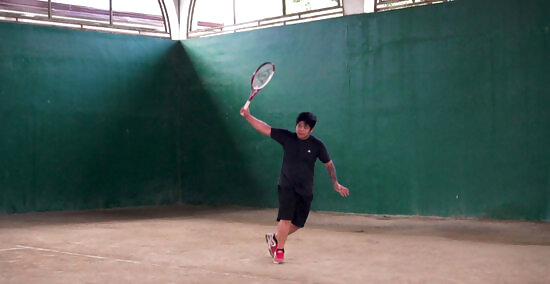
Follow through. Extend the racket through the shot in the direction you are hitting the ball in one smooth motion, and then rotate your upper body through the shot and towards the net. When you finish, your racket should end up over your right shoulder.
Hitting Overhead
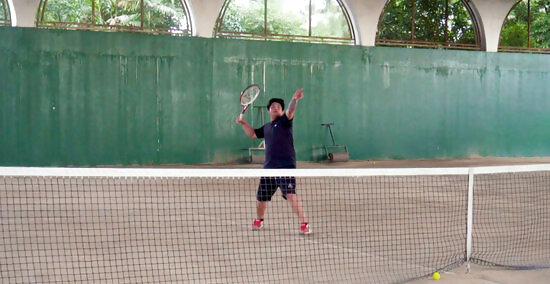
Know when to use an overhead shot. The overhead is an important shot, though it’s used less often than the forehand and backhand strokes. If a ball is hit or bounces over your head, it’s the right time to use this stroke.
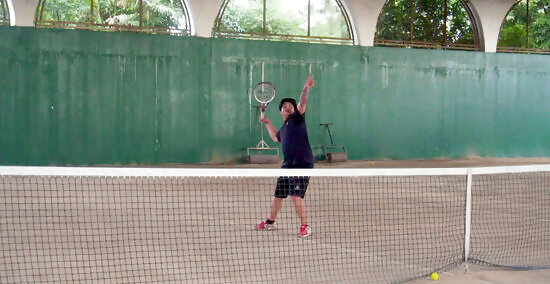
Get ready. As soon as you see the shot headed over your head, use your non-racket hand to point at the ball. This might sound funny or unnecessary, but doing this will help you keep track of the ball, especially while you're a beginner. Move with the ball and position yourself under it. Bring your racquet back early so you have more time to hit the ball.
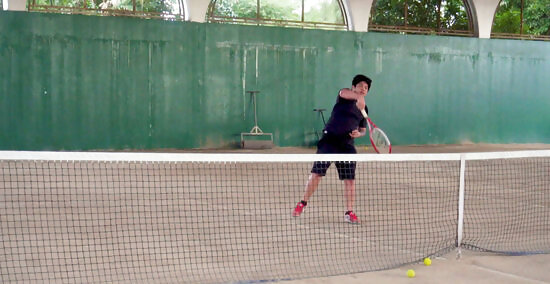
Swing from overhead and down towards the ground. Try to hit the ball a foot or so out in front of your body, just like the serve. You don’t have to swing super hard; in fact, a slow swing will help you place the ball better.










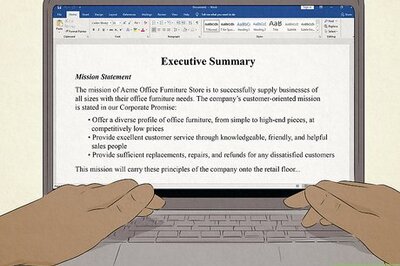

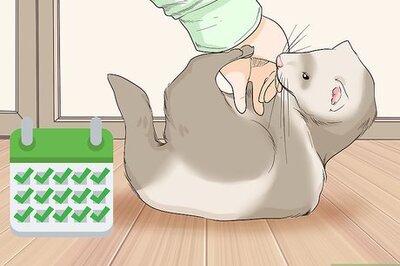





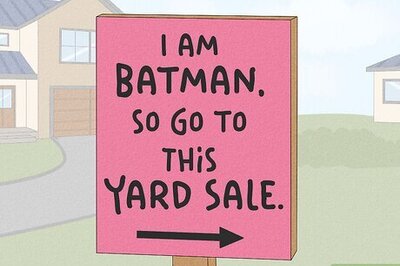

Comments
0 comment